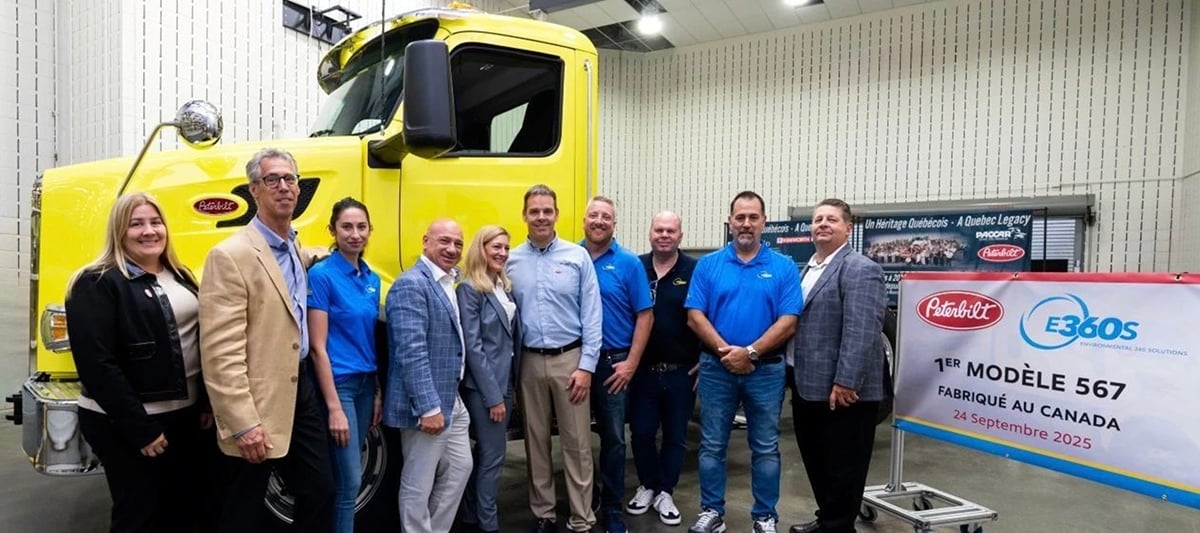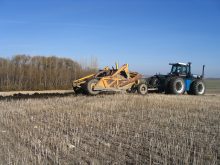As the evolution of combines rolled along during the past three decades, Class 7 combines seem to have been left in the dust, leaving a big niche in the market.
There were still new Class 7s combines being manufactured, but most Class 7 technology in use today was developed back in the late-1970s, according to Claas combine manager Greg Frenzel.
He said the new Trion 740 addresses those issues.
“Farmers with Class 7 units had to cope with just average grain quality, high fuel consumption and very little adjustability, even though this segment constitutes more than 30 percent of all combines sold in North America,” said Frenzel, adding that all the serious brain power went into combines designed to be bigger, faster, heavier, more powerful and more expensive. They were aimed at the new-age expanding farm unit with 10,000 to 35,000 acres.
Read Also

Equipment manufacturing may return to Canada
Some ag equipment and automotive manufacturers are now adjusting their production and distribution to avoid tariff costs in relation to supplying the Canadian market.
Meanwhile, small and medium-sized farmers still had a need for a new-gen Class 7. They expressed that need to Claas, and Claas listened.
The result is the Trion 740, a new combine to meet the needs of growers with a specific need for a modern Class 7, but with the advanced technology of Class 8 through Class 10.
“Research shows us that farmers place machine reliability as their highest priority when making purchase decisions. That fact was foremost in our minds when we conceived the Trion,” said Frenzel.
While crop flow engineering is new, many proven components are off-the-shelf items. It shares 79 percent of wear parts with existing Lexion combines, thus giving producers 96 percent parts fill rate.
Five years of field testing verified that fuel consumption was 1.15 gallons per acre, grain loss averaged 0.5 percent and Trion 740 averaged 15 percent more acres per hour than other Class 7 combines.
He pointed out that daily maintenance takes 45 minutes on the Trion. That same daily routine takes up to 75 minutes on some competitors’ Class 7 combines. One person can change the pre-concave rate in 15 minutes. Changing between soybeans and corn takes less than five minutes, keeping idle time in the middle of the day to a minimum.
Claas said the Trion 740 was designed to address the needs of farmers harvesting fewer than 3,000 acres.
In a combine, threshing and separation are key. Threshing adjustments are made to compensate for changing harvest conditions throughout the day. On the Trion, the tri-cylinder APS threshing unit guides the 56-inch-wide crop mat across concave grates into a single rotor.
Frenzel said Claas is the only manufacturer to bring individually controlled cylinder threshing and rotor separation together in one machine.
Power comes from a 402 horsepower Cummins, providing high torque at low r.p.m. to handle 12-row chopping corn heads or draper headers up to 40 feet wide. A 3.8 bu. per second unloading rate empties the 341-bu. grain tank.
Top road speed is 19 miles per hour. Trion has active slope compensation.
The Claas Trion 740 is expected to make its Canadian debut at the Ag in Motion farm show in July at Langham Sask.
















